All about the Global Matcha Shortage (the Complete Guide)
Matcha Nōto (抹茶ノート) is Ooika's monthly newsletter. Join here free to learn more behind-the-scenes about fresh-ground Matcha.
The Global Matcha Shortage: 404 - Matcha not found
The hottest topic in Matcha right now is the “Matcha shortage.” The goal of this article is to demystify the shortage: explain how it started, if a shortage actually exists, and if so: why.
Skip the Details Generally speaking the Matcha shortage is both accurate, while being overblown. There’s not a shortage of all Matcha, rather a shortage of certain types of Matcha. The West has become increasingly interested in higher quality first-spring harvest Matcha which is limited in production and cultivation. While in Japan this material is typically reserved for Japanese tea ceremony and cheaper late harvests have been used for culinary use.
Luxury Matcha
As March begins, tea farmers are preparing for the spring harvest. These tasks include:
Pruning the tea bush.
Enriching the soil.
Preparing to set up shading structures to shade the tea bushes before harvest.
Farmers often talk about this period as “taking care of the parents.” The soon-to-come young tea leaves are the “children” leaves of the parent leaves. This period is important as the parent leaves will provide the plant with the vitality and nutrition for an exuberant spring harvest.
As April comes, excitement builds as farmers try to forecast how much tea the upcoming harvest will yield. Once the harvest begins around May or early June, the farmers will pick young leaves (though not too young) to produce Tencha (unground Matcha.)
Just like luxury markets, higher level material is more curated: both in the cultivars used, as well as the method to produce the Matcha.
A great example of this is Tezumi (or handpicking), which creates an exceptional product but at a dramatic increase in price.
There are a few ways to describe this “luxury” Matcha. Terms we’ve heard are “specialty Matcha,” “craft Matcha,” “top lot Matcha,” and more.
Demand Rises
Global demand has continued to rise for Matcha, ranging from top lot to daily lot. In Japan, the type of Matcha needed is maybe more nuanced. Here’s why: in Chanoyu (Japanese tea ceremony), there are various types of matcha, making it crucial to understand which matcha is needed for each purpose:
Are we looking for Matcha for Chanoyu (Tea Ceremony)?
If so, are we looking for Matcha to make Koicha (thick tea)?
Or are we looking for Matcha to make Usucha (light tea)?
Maybe we’re looking for Matcha just for daily drinking.
Or – just Matcha for dessert or cooking applications.
All of this is to say that (in Japan especially) there are many different “types,” or “use cases” of Matcha. Each use case will require a different Matcha. Yet in the West, there's little to no delineation when it comes to Matcha quality versus demand. This is a topic we’ll touch on again.
First, let’s look at the timeline of how the shortage began.
The Matcha Shortage Timeline
Before we explain what the shortage really is, and why it exists, first, let’s cover the timeline of how the shortage started – or at least, how and when people started talking about it.
The Start
The Matcha shortage began with this announcement from Marukyu Koyamaen, a popular matcha production company, that escalated into a domino of news talking about Japan lacking the powdered tea due to the Matcha Boom caused abroad.
Famous Japanese tea producer Marukyu Koyamaen announces a Matcha shortage in October, 2024 - sparking the global concern for a Matcha shortage.
“(About limited availability of Matcha products) Dear customers, We have been receiving an unexpected high volume of orders during the past few months. Taking production scale and capacity into consideration, we regrettably to announce that availability for all Matcha products, regardless size and packaging type, will be limited from now on. Therefore, some Matcha products maybe temporarily marked as sold out. We deeply understand the inconvenience this may cause, and will restock those sold out products as soon as possible.”
And it wasn't just Maryukyu Koyamaen. Soon, Ippodo (a well-known company in the West) made a similar announcement. On Oct. 30, Ippodo temporarily stopped the sale of some of its Matcha blends because of a supply shortage. The following signage was found in their stores:
Even more recently, Ippodo published an article on the “Current State of Matcha on IppodoTea.com” stating: “All of our matcha varieties are currently limited and sell out quickly after restocking.”
It wasn’t long before Matcha content creators on Tik Tok and Instagram began discussing this topic. Watch here.
Quick Version: The shortage comes from the west’s interest in using the high end Matcha meant for japanese tea ceremony as a “daily” matcha, which would usually not be used in Japan for daily consumption - but rather for tea ceremony. Matcha mean for ceremonial use uses the more rare and limited harvests, which are much more limited in product.
Matcha, Famous, but not Popular in Japan
Historically, matcha has been a niche product. Unlike the USA, where Matcha is a casual drink (Matcha Latte), in Japan, Matcha is primarily used in tea ceremonies. In fact, Matcha only makes up 6% of Japan’s tea industry with an annual output of 77,200 tons in 2022.
With such low volume, and used only in mostly formal circumstances, Matcha is certainly famous in Japan but not popular. Put simply, it’s not consumed often. When I tell this to customers at the Ooika cafes, they are often surprised to hear this.
Niche and Seasonal
Matcha has always been a seasonal commodity that is harvested in April-May. Following, Matcha is typically aged (known as Jukusei) until November. This aging period reduces some of the sharp, raw notes of the Matcha and gives it a smoother mouthfeel - not unlike aging wines or scotch.
After aging, there’s a traditional tea ceremony known as Kuchikiri Chaji. In some ways, you can think of this as the “tea new year.” In the tea room, the aged Matcha is opened, ground fresh (typically in the tea room with a hand-turned mill), and enjoyed.
The name Kuchikri translates to “mouth cutting.” The mouth is in reference to the mouth of the Jar that holds the aging Tencha, and the cutting is the cutting of the paper seal that keeps it entombed. You can learn more about Kuchikiri here.
Slow Production
To make matters more complicated, Matcha can not be produced all at once like most other teas are. Stone-milling Matcha is a very slow process, producing about 30 to 40 grams per hour.
This puts a “cap” on the amount of Matcha that can be produced in any given time, especially considering how expensive and specialized the stone mills are. Manufacturers (like Ooika) will mill Tencha (unground Matcha) throughout the year, and when demand spikes, supply often can’t be met.
The stone mills at Ooika in Princeton, New Jersey. Each mill produces about 10 latte drinks worth of Matcha in an hour.
This is somewhat of an “artificial” shortage – in the sense that the raw material is there, but can’t be processed fast enough. This creates a positive feedback loop, where the shortages create even more demand. This is spurred on by social media and mainstream media. Matcha hysteria.
This is also why companies run out of Matcha, and then seemingly randomly “restock.” It’s not because they were holding out – only that they couldn’t mill it fast enough.
From Japan, Worldwide
The reason for the shortages should be coming together now: Matcha was never a high-demand, common product with high production tonnages in Japan.
Instead, it was a hyper-niche and fairly academic “tool” used in largely formal ceremonies. These ceremonies, which are culturally significant, are niche themselves.
Matcha that was used casually was for drinks and snacks, and was not considered even really Matcha, at least by some highly awarded farmers who instead call it Kakouyou Matcha (加工用), or Matcha for industrial use. Typically produced with large machine mills, rather than traditional stone mills like the ones we have at Ooika.
The issue is largely that the West has largely rejected this lower quality “Matcha” and instead prefers to make their cocktails, lattes, and baked goods using higher quality (typically first harvest) material, typically served for Usucha and Koicha in ceremonial service.
Future Production and the Effect on Farmers
Matcha isn’t disappearing, but it is seasonal in nature. Stocks have historically been limited due to the Japanese use of Matcha as a “conscious consumption” and proper selection. The West is treading this highly limited and rare material as a consumer-grade ingredient.
Not an Every Day Drink: Historically, matcha was never meant to be consumed every day—it was traditionally reserved for sacred and special occasions, often during the tea ceremony. In the West, even the most rare Matchas are becoming an every drink.
BalSamic
The West’s interest in high-grade Matcha is not unlike what happened with Balsamic in Italy. Originally, balsamic was a highly rare and limited vinegar that simply could not meet global demand.
So, a more “accessible” version of Balsamic was made that would be more commercially friendly with lower prices and higher production capability.
The original Aceto Balsamico Tradizionale was protected as a DOP (Denominazione di Origine Protetta) and has strict production requirements.
The commercial, mass-produced version of Balsamic is Aceto Balsamico di Modena IGP (Indicazione Geografica Protetta).
Only in the case of Matcha, the West is using the original “original Aceto Balsamico Tradizionale”-like Matcha (first harvest) as a commercial ingredient to use in cheap Matcha lattes.
Important Note: By no means is this a judgment on the West. In fact, quite the opposite. Ooika uses higher quality Matcha for our Lattes (just not the single-origin Matcha).
The Japanese Matcha Factories
You might think that a few big companies in Japan control all of the Matcha’s production. After all, in the West, it’s common for large corporations (such as Monsanto) to produce the lion’s share of agriculture.
But in Japan, it’s not really like this. Tencha production occurs across multiple growing regions of Japan. To give some examples:
It’s true that larger companies deal with the grinding of Matcha powder and exporting, but the growing of the raw tea material is done primarily by smaller, independent farmers.
These farmers often belong to cooperatives, allowing them to share the expenses necessary to run machinery and buy it. Often with government subsidies.
Preservation & Shifting
International tastes are both preserving and shifting the landscape of Matcha in Japan. On one hand, the West’s demand for higher quality is stabilizing the future of Japanese tea.
Japan’s population is shrinking, and a rapid decline of tea farms (over 70% of tea farmers are over 65 years old, mostly retiring without children to take over the farm). Yet this increased demand and availability of land is becoming gold rush for agriculture.
Farmers who have been producing tea for generations, especially expensive niche teas that are struggling to find consumers in Japan or abroad, are finding economic “crutches” by planting some fields to grow Tencha.
International clients, such as Ooika, support farmers directly by buying Tencha as a single origin. Allowing the farmers to “set their prices” and by financially rewarded for excellence.
House in a Neighborhood: Tea farmers in Japan do not typically set the prices of the tea they sell. The tea price is set based on the cultivar, and growing region. Thus, tea farmers have little financial incentive to push the boundaries on cultivating tea: because it means more expenses with little return.
On the other hand, preferences of the West are making an impact on the Japanese tea industry, causing confusion and shortages.
Tea farmers are adapting to taste preferences in the West, even if the preferences produce intentionally lower quality tea (such as organic).
The preference of the West for single-origin Matcha will become a challenging hurdle for the Japanese tea industry to adapt to, as large tea blending companies have little place in this “direct from the farm” business model.
Farmers are incentivized to learn English and begin to develop marketing strategies to attract foreign clients.
The remaining farms in Japan need to switch to Tencha production, or at least start to produce it. Assuming the farms have access to the infrastructure and machines required to produce Tencha.
What’s Behind the Matcha Shortage
Put simply, yes, there is a Matcha shortage – but only on some kinds of Matcha. It’s really the higher quality, first spring harvest material that’s low in stock.
Slow production (slow stone mills), limited availability (only one spring harvest), and unanticipated international demand have all contributed to this shortage. Ironically, for a material that was never meant to be consumed as a daily drink.
But the core takeaway is this: this shortage is really more of a growing pain. A sign that the future of Matcha will be in some ways preserved, while re-shaped in other ways. For Matcha to continue for future generations, change is necessary and unavoidable.
When things stop growing, they die – no different than the tea plant itself.
AI Statement No AI was used in the creation of this content. All Ooika articles, content, emails and more are written and reviewed by real people.
Get Fresh Ground Matcha Every Month
If you haven’t heard yet, Ooika offers membership to our Matcha Mill Club, where we mill a new single-origin Matcha and ship it out to you within 24 hours of milling.
Not only is this a great way to get fresh-ground Matcha every month, but you’ll get to learn about the many producers, growing regions, and cultivar types.
Expand your Matcha knowledge!



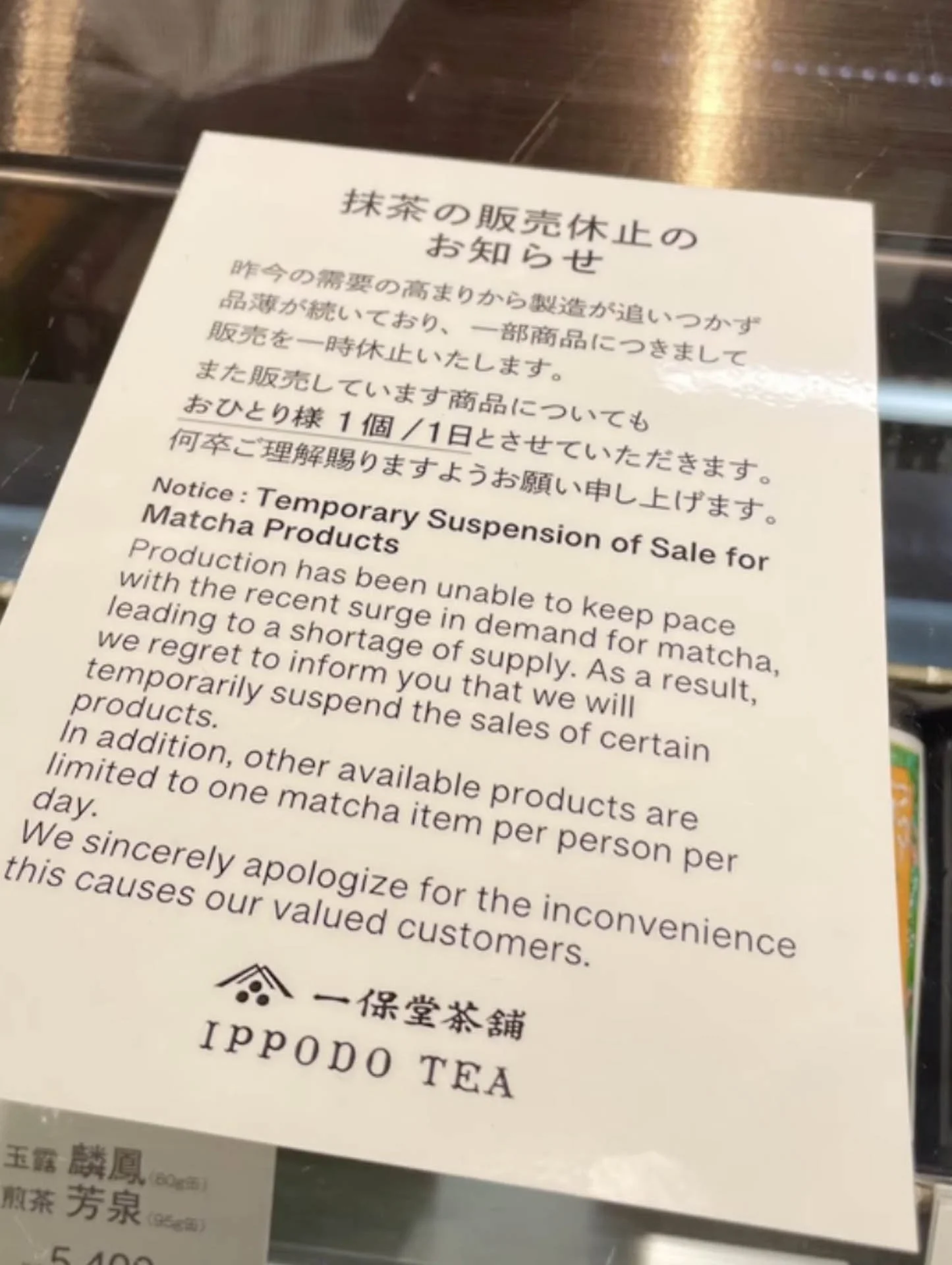
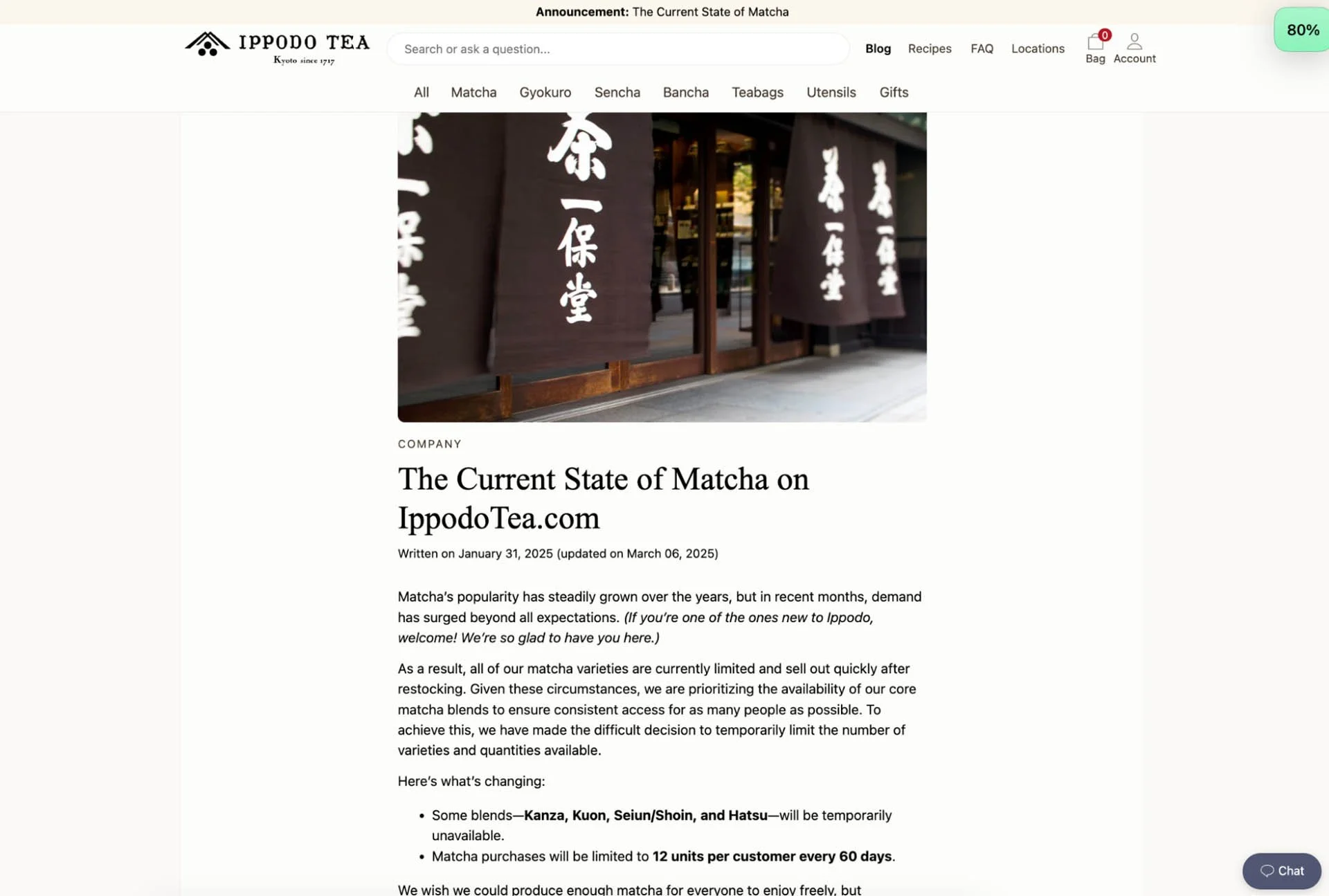
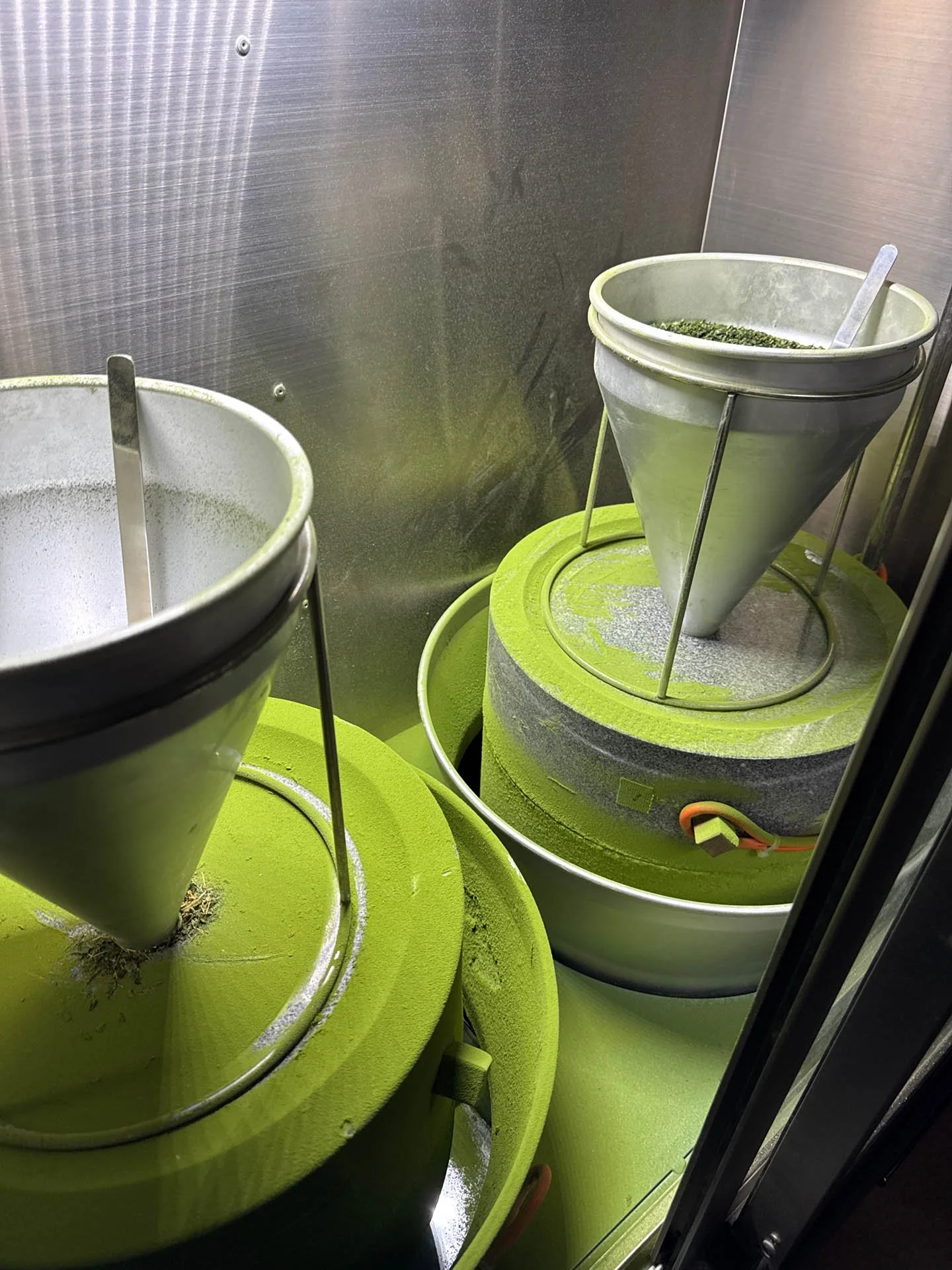

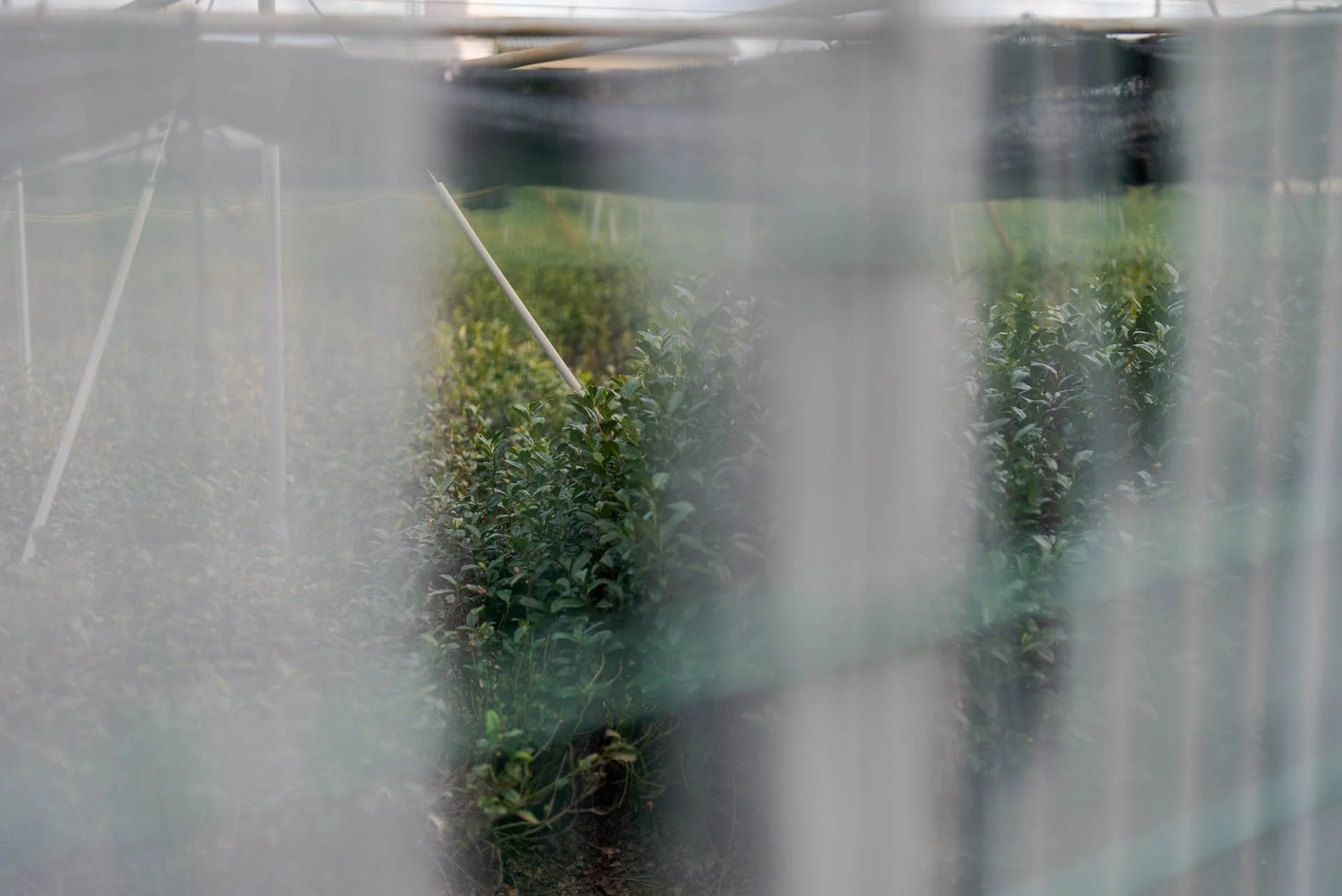
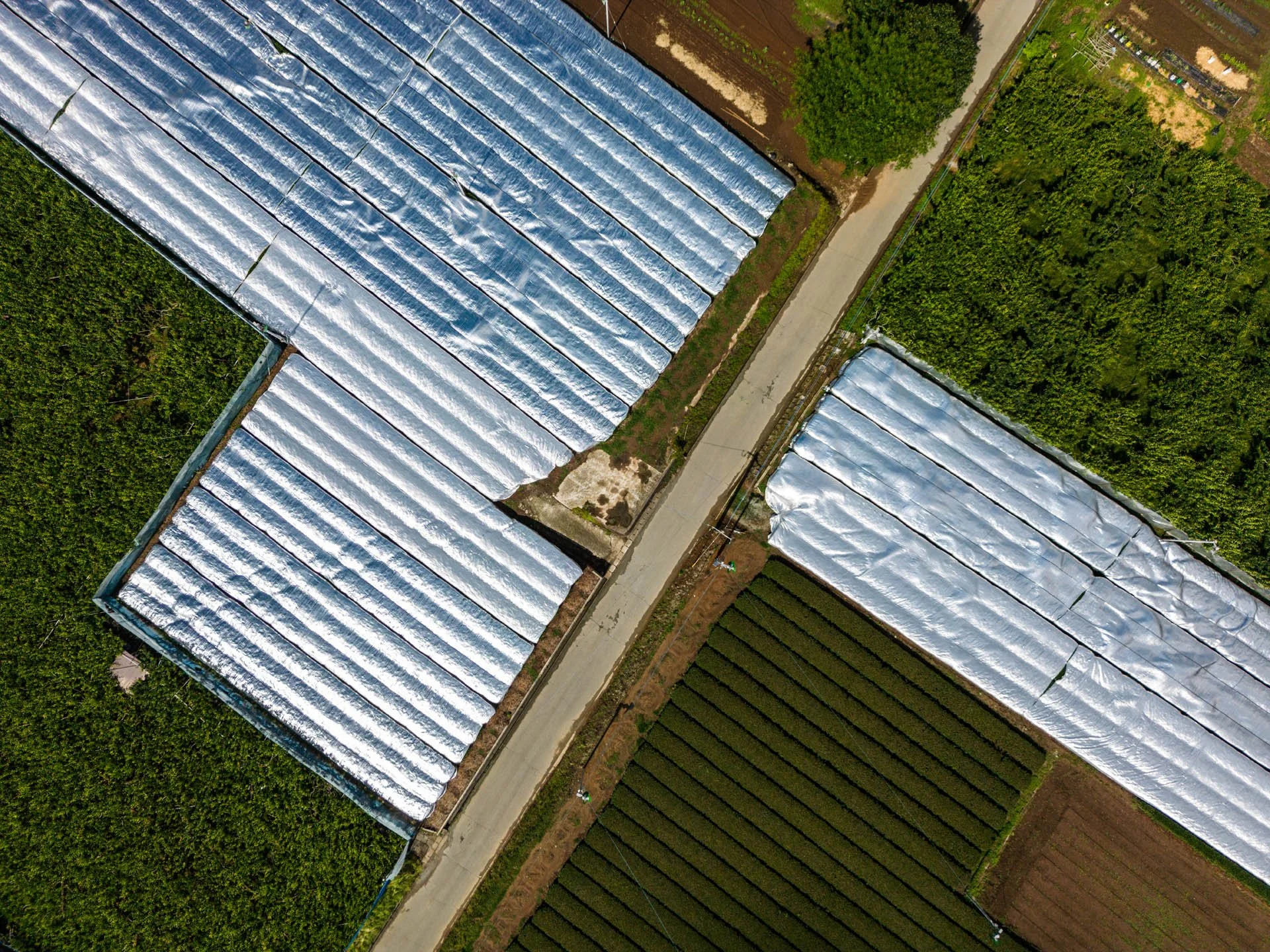


Learn what’s happening in the world of Japanese Matcha with Ooika’s Matcha Industry Report from October 2025.